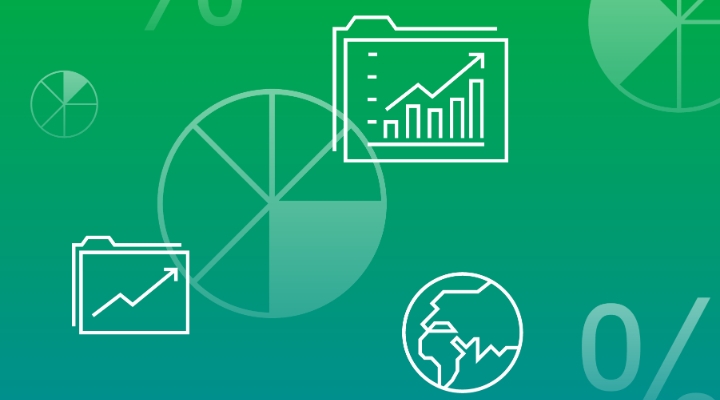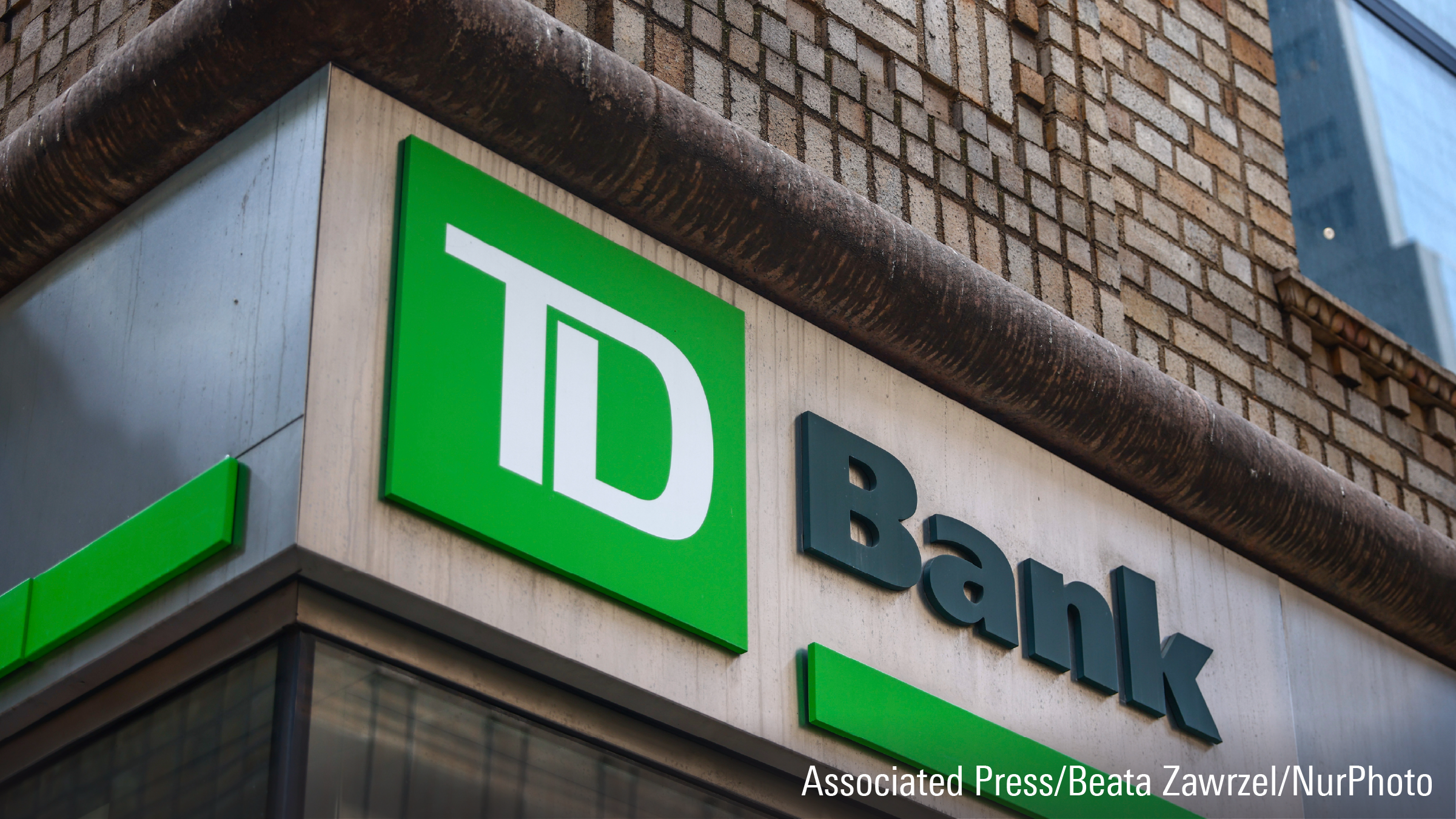Explore Canadian sustainable funds here
Ian Tam: A few weeks ago, the Canadian federal government released its first budget in just over two years. In that budget, the government announced its plans to issue the very first federal green bond as well as its intentions to invest in the clean technology space.
Now, at the same time, Morningstar's own data showed that assets invested in sustainable funds and ETFs grew by a whopping 51% over the first quarter of 2021 alone. So, however you look at it, it's very clear that investing sustainably is not going away anytime soon.
Now, very related to this, Morningstar recently announced the release of the ESG risk rating assessment for stocks. Many viewers will likely recognize the ESG risk rating as they relate to funds. So, today, we will take a deep dive on how the stocks-specific rating differs.
At the heart of the ESG risk rating assessment is an analysis of the degree of material ESG risks that are relevant to a specific company expressed at the Morningstar Sustainalytics ESG Risk Score. The score is meant to measure the environmental, social and governance risks associated with the company and is derived by analyzing financially material ESG issues for a given sub-industry and then comparing the company's ability to manage those risks against its global peers.
So, as an example, an energy producer will have higher environmental risks as the world transitions to a low carbon or carbon neutral economy and hence greater emphasis would be put on the company's ability to manage those types of risks. Technology companies, on the other hand, that hold large amounts of client information, have a greater need to manage social risks. The Sustainalytics ESG risk score appears as a number from 0 to 100, with the score greater than 40 implying that the company has high or extreme degrees of ESG risk relative to peers.
As you can see on the screen, individual stocks with an ESG risk score of less than 10 are considered by Sustainalytics to have negligible amounts of ESG risk and hence will receive a 5-Globe assessment, whereas companies with an ESG risk or greater than 40 have severe amounts of ESG risk and will receive A 1-Globe assessment.
So, how is this different from the sustainability rating for funds? Well, in a way, they are highly related. The fund rating is an asset-weighted roll-up of an individual company's ESG risk scores at the fund level and then compares that risk score to other funds within the same global category. Funds with high levels of ESG risk when compared to other funds in the same category will receive fewer globes.
The ESG risk rating assessment for an individual stock is very useful when you are comparing two companies from two very different sub-industries, whereas the sustainability rating for funds is useful for narrowing down a fund choice when comparing two funds from the same global category peer group.
For Morningstar, I'm Ian Tam.





















